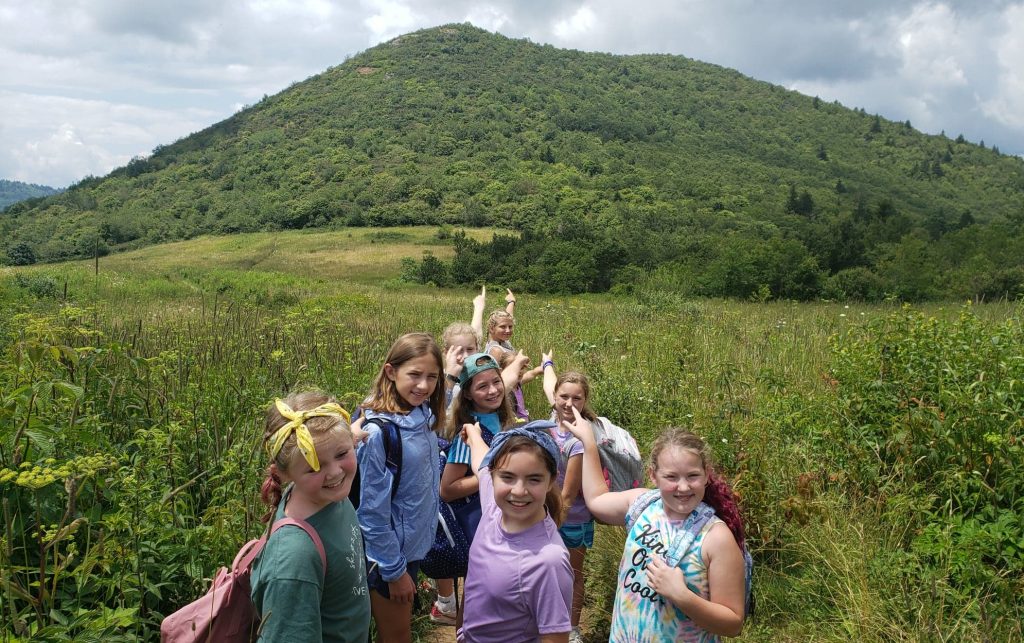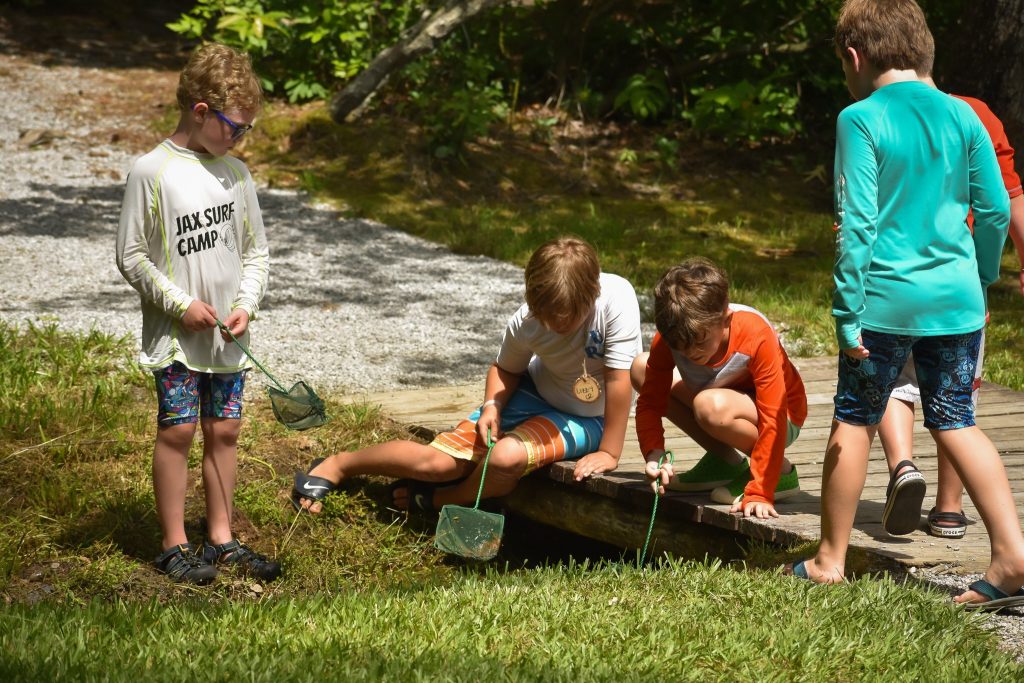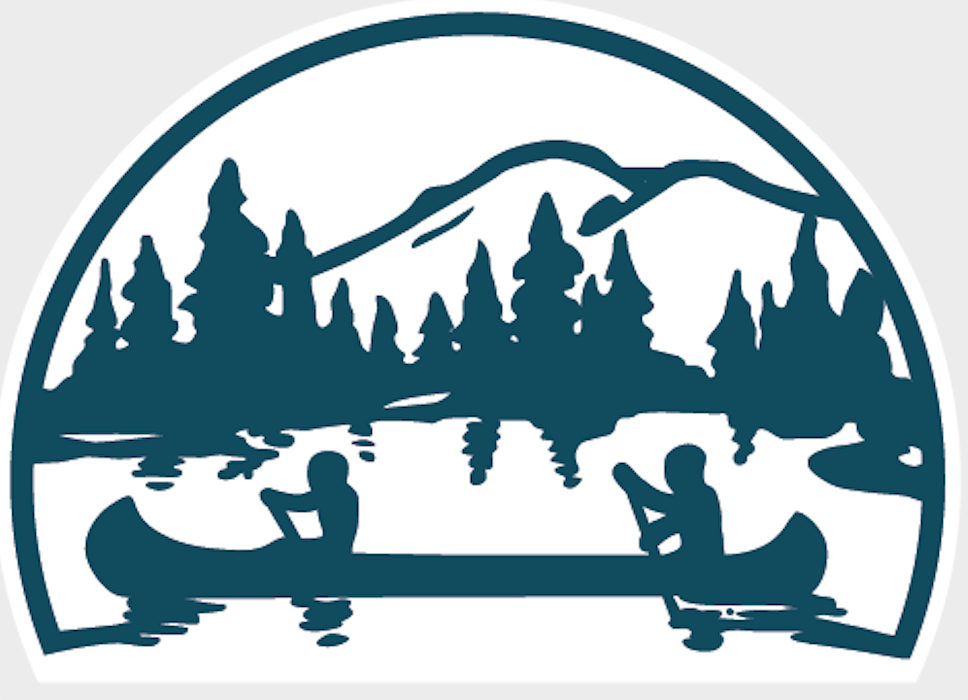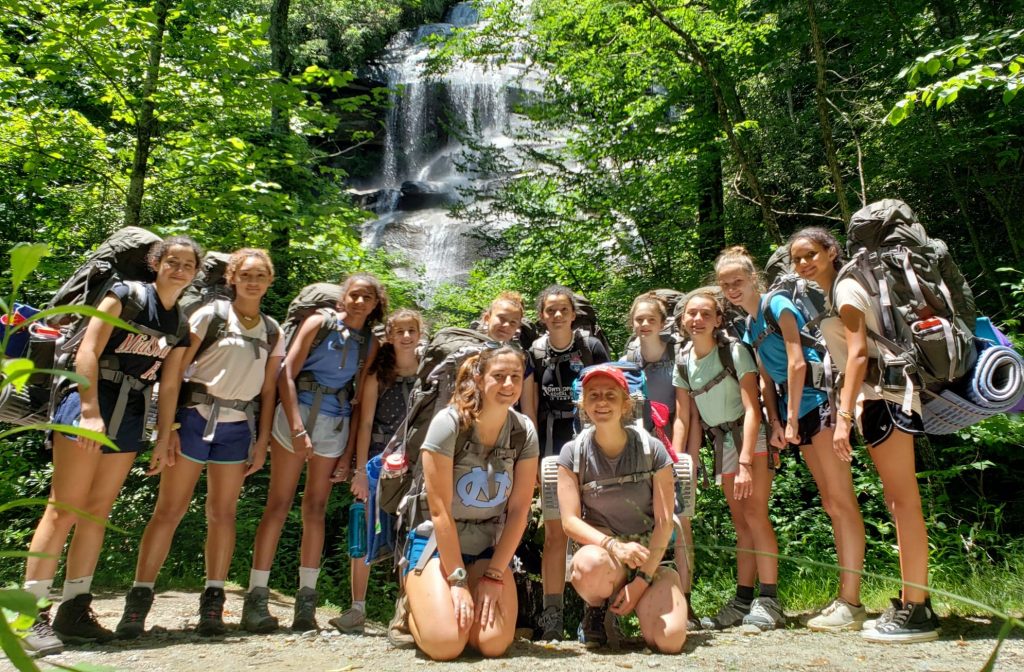 Hi! I’m Charlie Kendrick, and I’m happy to be returning to Pinnacle this summer. I grew up coming to Pinnacle as a camper and later as a counselor. When I became a school teacher (currently I’m the media specialist at Blue Ridge Middle School in Greenville County, SC), I got to return to camp in 1996 and again in 2010. Pinnacle is in my blood: My mother was a Pinnacle kid, and my grandfather taught woodworking here. Over the years, I have worn many hats at camp; however, this summer I will be heading up the Pinnacle nature program.
Hi! I’m Charlie Kendrick, and I’m happy to be returning to Pinnacle this summer. I grew up coming to Pinnacle as a camper and later as a counselor. When I became a school teacher (currently I’m the media specialist at Blue Ridge Middle School in Greenville County, SC), I got to return to camp in 1996 and again in 2010. Pinnacle is in my blood: My mother was a Pinnacle kid, and my grandfather taught woodworking here. Over the years, I have worn many hats at camp; however, this summer I will be heading up the Pinnacle nature program.
With many acres of land and water, Pinnacle is a great place to learn to appreciate our natural world. This past year has surely underscored the need for nature in all of our lives. In 2005, Richard Louv discussed “nature-deficit disorder” in his book Last Child in the Woods, noting that many children don’t get enough exposure to nature, and that this hurts them. In an online article for the Child Mind Institute, Danielle Cohen noted that many “studies agree that kids who play outside are smarter, happier, more attentive, and less anxious than kids who spend more time indoors.” Another benefit of experiencing nature that Cohen noted was that it teaches responsibility. Living things die if they aren’t cared for.
This summer, Pinnacle kids will explore the various habitats at camp, and the plants and animals in those habitats, and have a chance to practice responsibility in caring for nature. Campers will learn about the components of habitat (food, water, shelter, and space) and how adaptation has allowed animals and plants to survive in different habitats. Looking at some of the animals that call Pinnacle home, we can think about human interactions with other animals as well as wild predator and prey relationships. Of course, games, scavenger hunts, and some good old-fashioned digging in the mud also will be part of nature this summer.
I am working toward becoming a North Carolina environmental educator, and this summer we’ll use some Project Wild and Aquatic Wild materials from the Association of Fish & Wildlife Agencies. Abi Fuesler has created posters to help everyone identify some of the animals we may see around camp—there are more than you would expect! When it’s quiet during the winter, bears have been known to wander through. I remember seeing a flying squirrel glide from the flagpole to a tree down the hill in front of the dining hall. It was an amazing sight. There are several species of owl that call Pinnacle home, and we’ll learn what owls eat by dissecting owl pellets. Campers on trips this summer may even get a chance to see the largest North American salamander (up to 29 inches)—called a Hellbender—and learn about their habitat.

In Last Child in the Woods, Louv warned that “as the young spend less and less of their lives in natural surroundings, their senses narrow… and this reduces the richness of human experience.” Thankfully, Camp Pinnacle offers the chance to live completely surrounded by nature and friends and broaden our lives and senses in so many ways.

